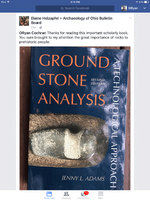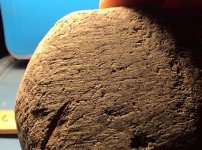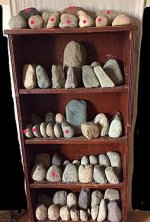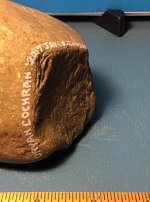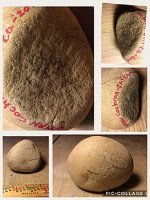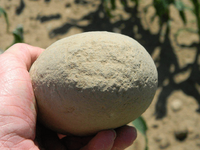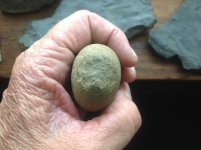- Jul 27, 2006
- 48,465
- 54,911
- Detector(s) used
- Minelab_Equinox_ 800 Minelab_CTX-3030 Minelab_Excal_1000 Minelab_Sovereign_GT Minelab_Safari Minelab_ETrac Whites_Beach_Hunter_ID Fisher_1235_X
- Primary Interest:
- All Treasure Hunting
Mn9000, thread was moved because it is full of rocks, discussion is not in our na artifact forum, it can be discussed here in rock forum.
And again if members have issue with moderation actions discuss it via pm with mods, not in open forum per our rules.
Sent from my P008 using Tapatalk
And again if members have issue with moderation actions discuss it via pm with mods, not in open forum per our rules.
Sent from my P008 using Tapatalk
Amazon Forum Fav 👍
Last edited:





